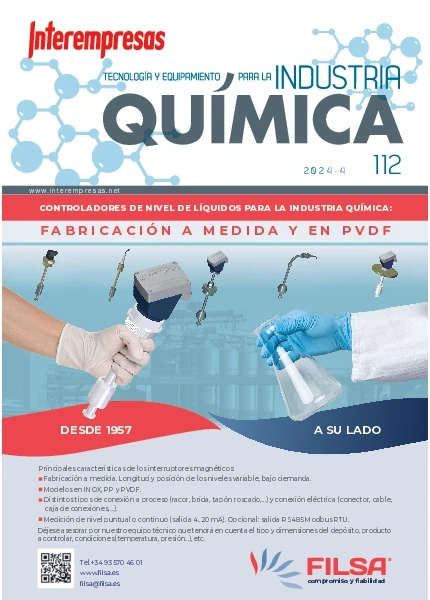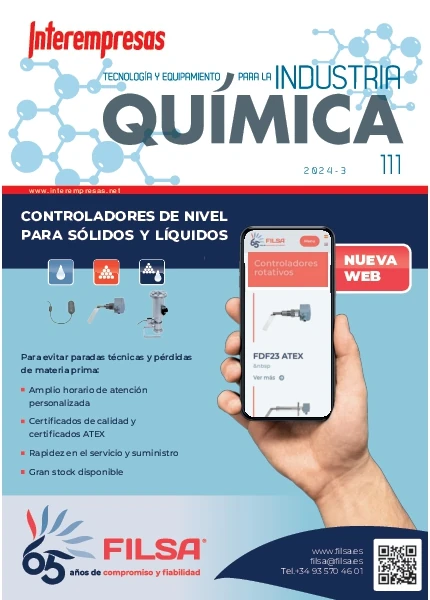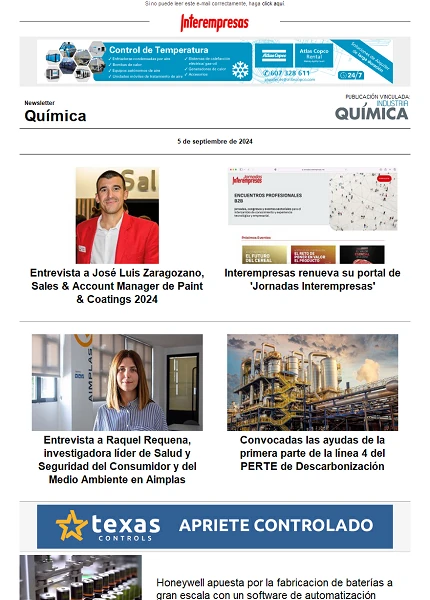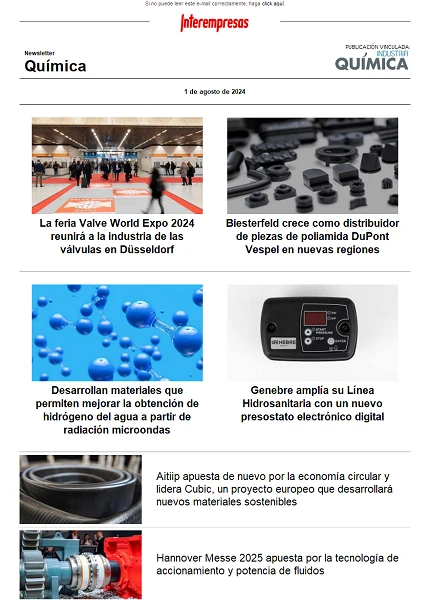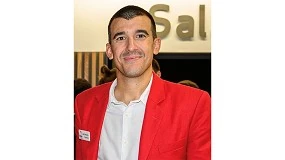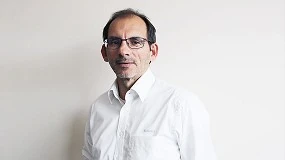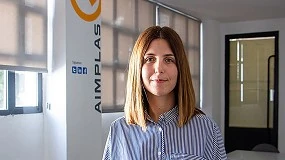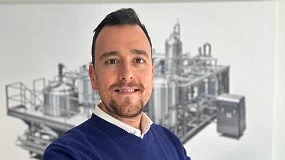A system predicts the capacity of a floor for autodescontaminarse
29 August 2012
The scientists have elaborated a specific database that gathers all the available information until the moment on the enzymes and the possible microorganisms that contain them and that, of natural form, are able to destroy some contaminantes. The system allows to establish the footprint dactilar of each ecosystem and predicts in which floors can be more effective the biorremediación, based in using natural elements of the own habitat for revertir the degradation of a floor contaminated.
“The platform explores the genomic material of alive organisms in search of information on reactions of biodegradation and offers an only profile for each ecosystem. In other words it gives a vision in real time of the capacities biodegradativas of an ecosystem, and therefore, of his capacity for autodescontaminarse”, explains the researcher of the Csic in the Institute of Catálisis and Petroleoquímica Manuel Ferrer.
To monitor the presence or absence of these microorganisms and the properties that each one possesses in floors with different conditions, the researchers have applied distinct technicians of biology of systems like the genomics, based in the secuenciación of the DNA of the floor, the proteómica, that supposes the secuenciación of the proteins in each moment of the process, and the bioestadística, that consists in the systematisation and the crossing of data.
“Each ecosystem contains million bacteria that to his time contain thousands of enzymes and evaluate the presence or absence of the same is almost impossible if we employ the methods of conventional genomic analyses used to date”, signals Jesús Sánchez, researcher of the Institute of Biotechnology of the University of Oviedo.
A sustainable process and cheaper
“Of this form, will be able to differentiate ecosystems that will be able to be more easily descontaminados of those that no, that is to say, will allow to establish differences in the capacities descontaminantes and, therefore, predict the efficiency of the treatments of biorremediación”, ensures Ramón Rosselló-Móra, researcher of the Csic in the Mediterranean Institute of Studies Advanced, mixed centre of the Csic and the University of the Balearic Islands.
According to the researcher of the Csic in the National Centre of Biotechnology Javier Tamames, “the technicians of biorremediación allow to face the decontamination of floors taking advantage of the metabolic potential of some of his components for the cleaning. They convert like this in a more sustainable alternative and cheap that other methods to delete waste and contaminantes”.
The study, resulted of five years of work, forms part of a project Consolider funded by the Ministry of Economy and Competitiveness, that has like aim study the biodiversidad of populations of distinct habitats inside the Spanish geography, two European projects (Magicpah and Ulixes), centred in the investigation of the biodiversidad of populations in floors and marine environingingments of the European geography of distinct habitats, and a project Cenit-07-Cleam of the University of Oviedo, directed to the development of innovative technicians of biorremediación and cleaning of floors contaminated.

